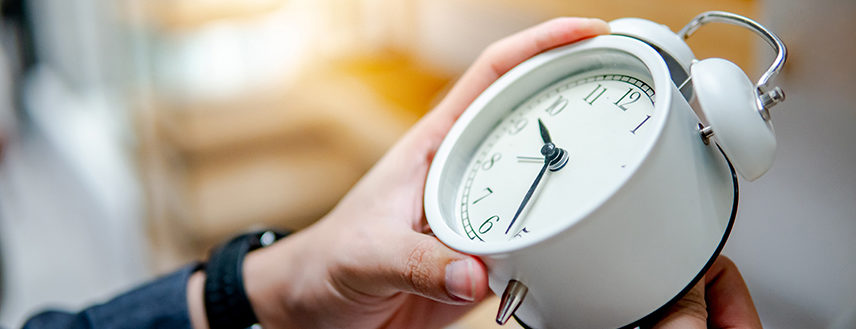
Do you welcome the extra hour of sleep that comes with ending daylight savings and returning to standard time? Some medical experts suggest that daylight savings may have unintended negative consequences on our health.
- Disrupting Circadian Rhythm – Setting the clock back affects your body’s circadian rhythms — the physical, mental, and behavioral changes in your body that follow a 24-hour cycle. Our bodies expect certain things to happen at certain times during the day (like sleeping, waking up, and eating) based on cues from the sun and on your doing those things repeatedly at the same time every day.
When you shift that routine (even by an hour as we do each spring and fall), your circadian rhythm becomes slightly misaligned from the time on the clock, which can throw off timing of several daily processes that happen in the body like sleep, digestion, and cardiovascular functioning. - Increased Risk of Seasonal Affective Disorder – changes in sleep and daylight exposure can increase mood changes and risk ofseasonal affective disorder (SAD). SAD is a form of depression that follows a recurring seasonal pattern, according to the National Institute of Mental Health (NIMH). Danish scientists reported data that suggested depressive episodes increased by as much as 11 percent following the fall setting back of the clocks. Their findings were published in May 2017 in Epidemiology.
- Increased Risk of Stroke and Heart Attack – In a 2015 study published in Sleep Medicine, researchers in Finland compared the rate of stroke in more than 3,000 people during the week following a daylight saving time transition to the rate in nearly 12,000 people two weeks before or two weeks after that week. They found the overall rate of having a stroke was 8% higher during the first two days following the transition to daylight savings.
A 2019 report published in the Journal of Clinical Medicine analyzed seven studies on daylight saving time including more than 100,000 people and found a higher risk of heart attacks in the weeks following both the spring and fall transitions.

Leave a Reply